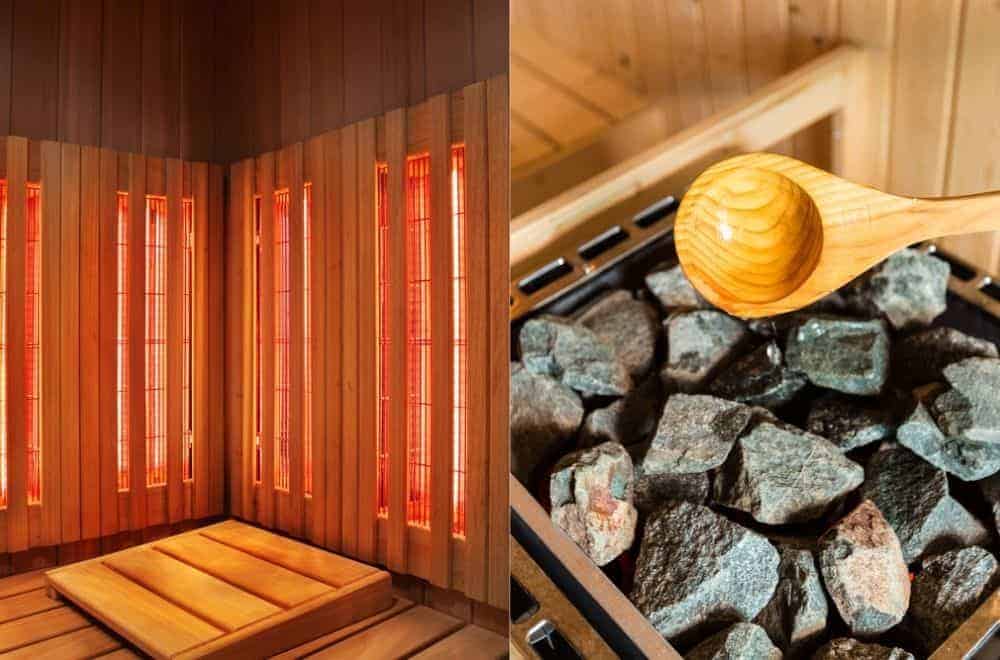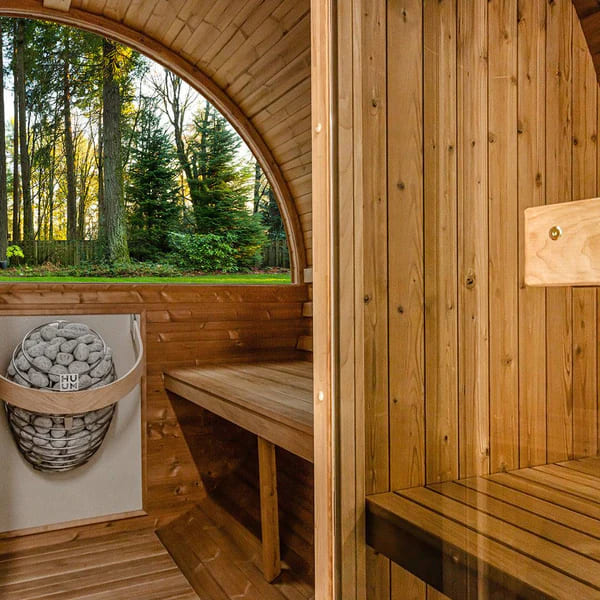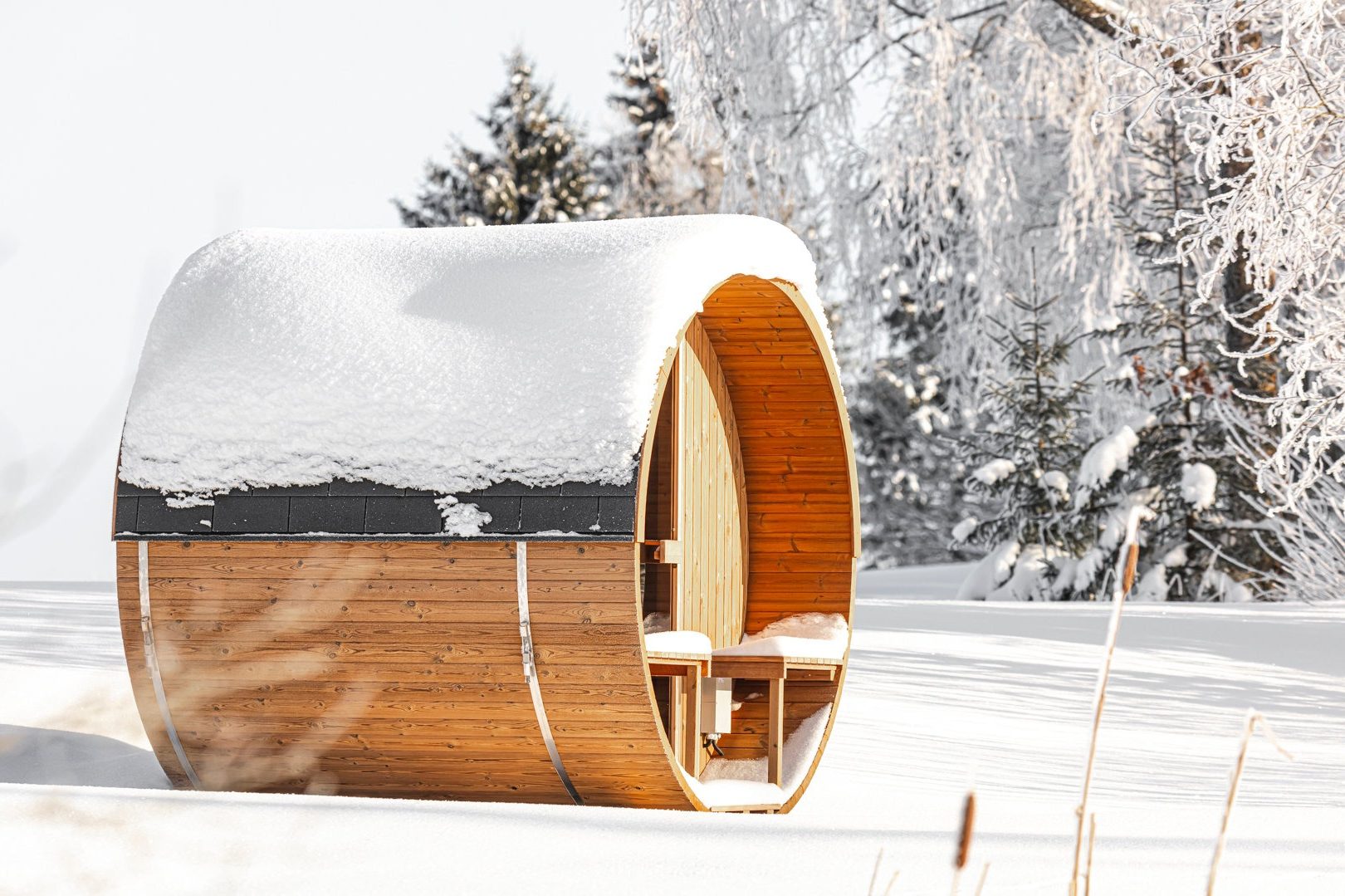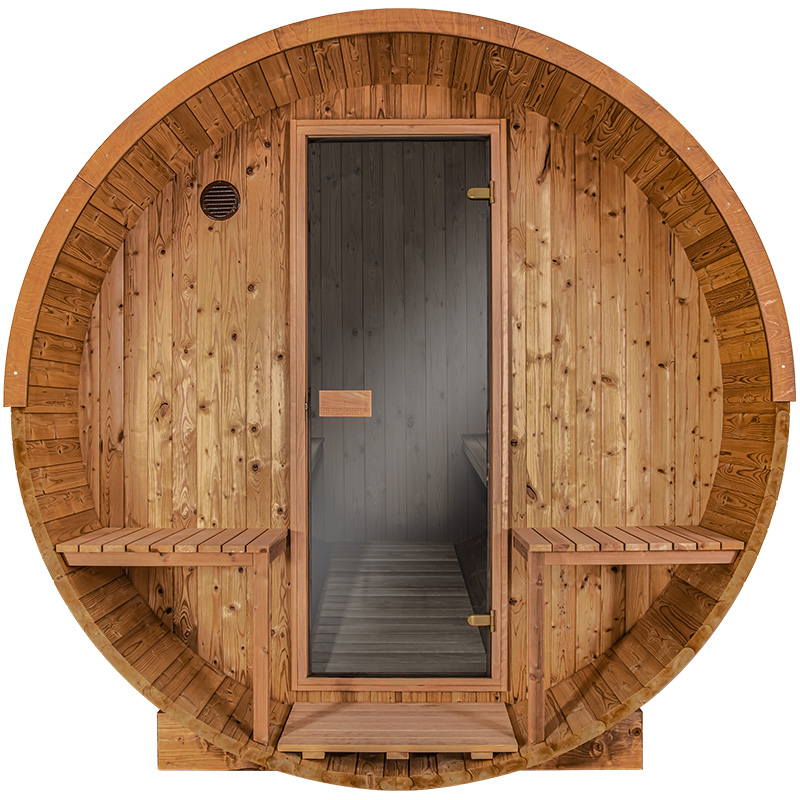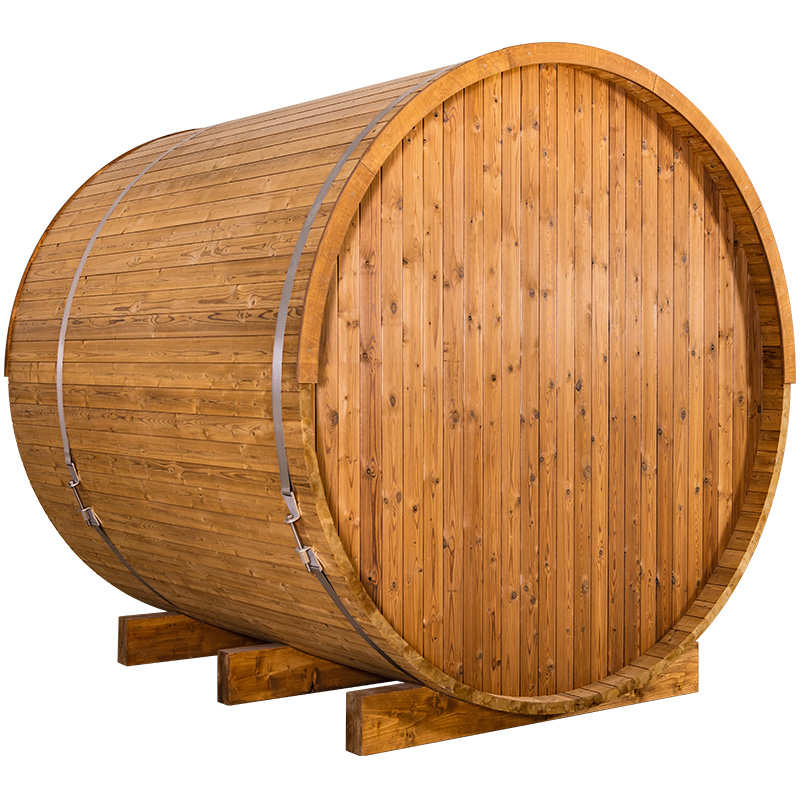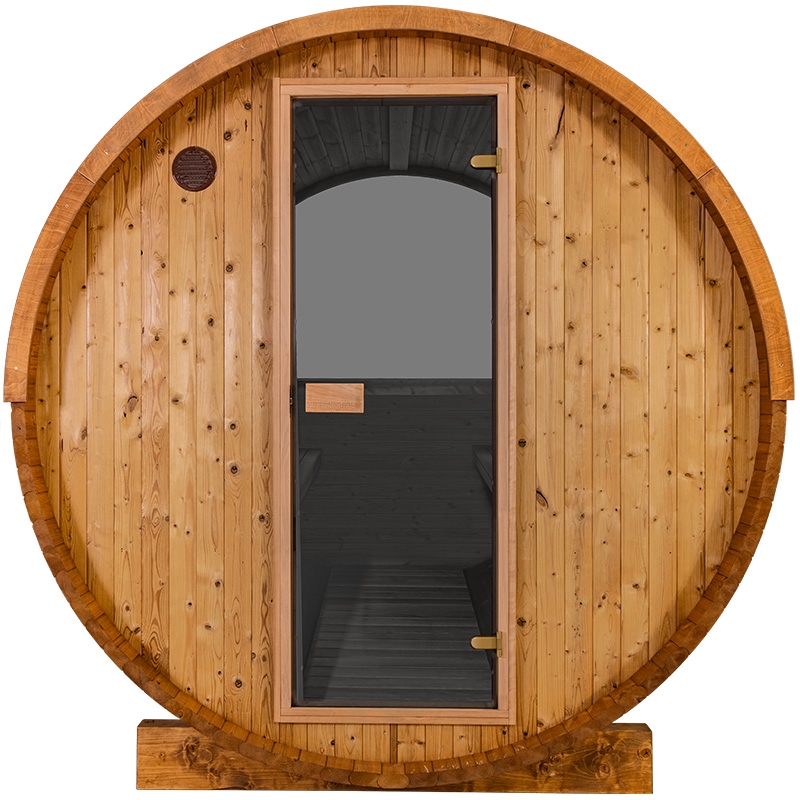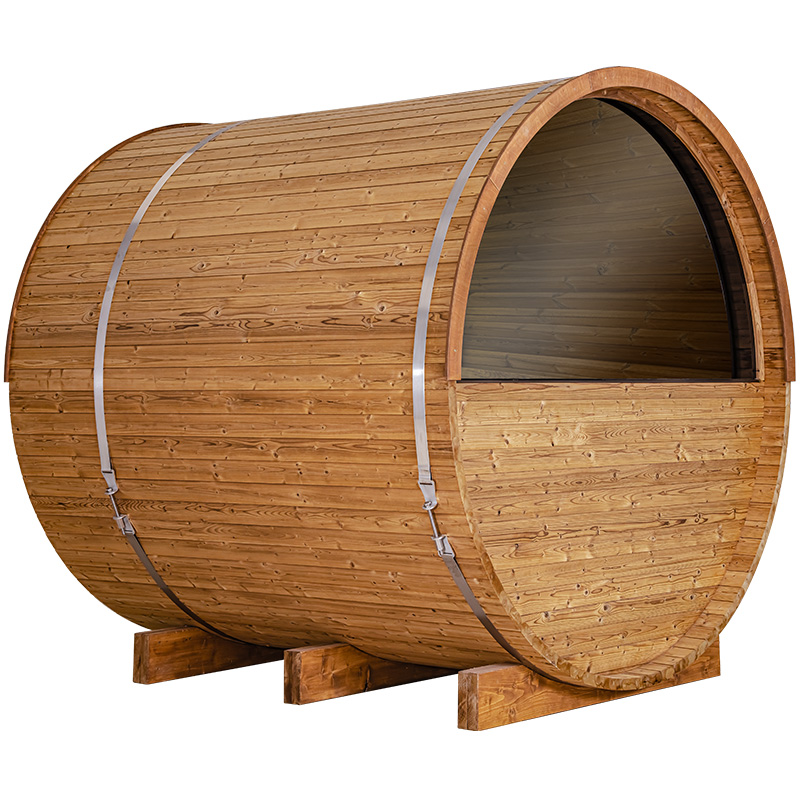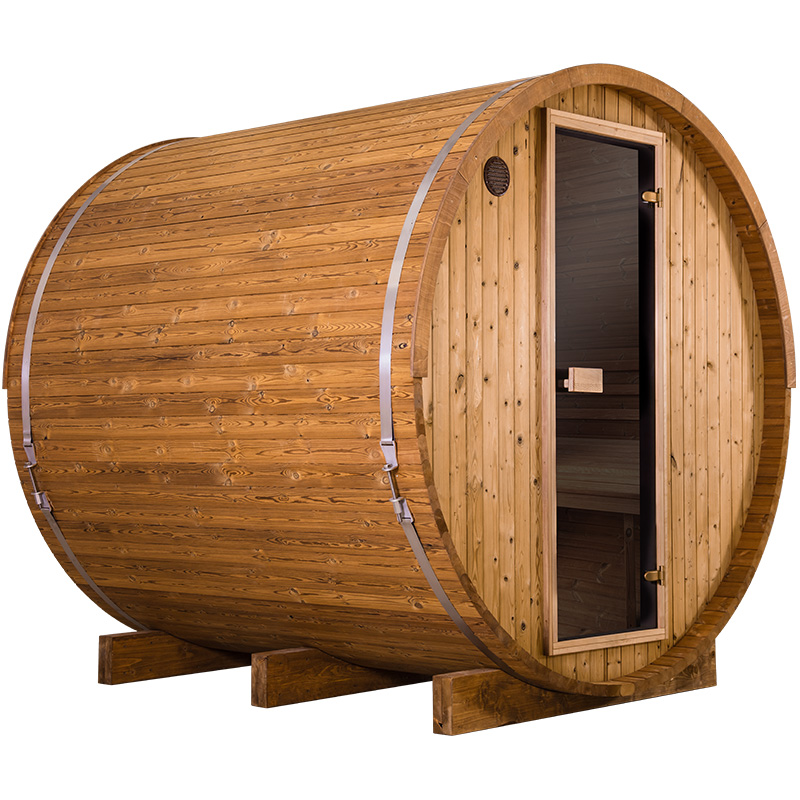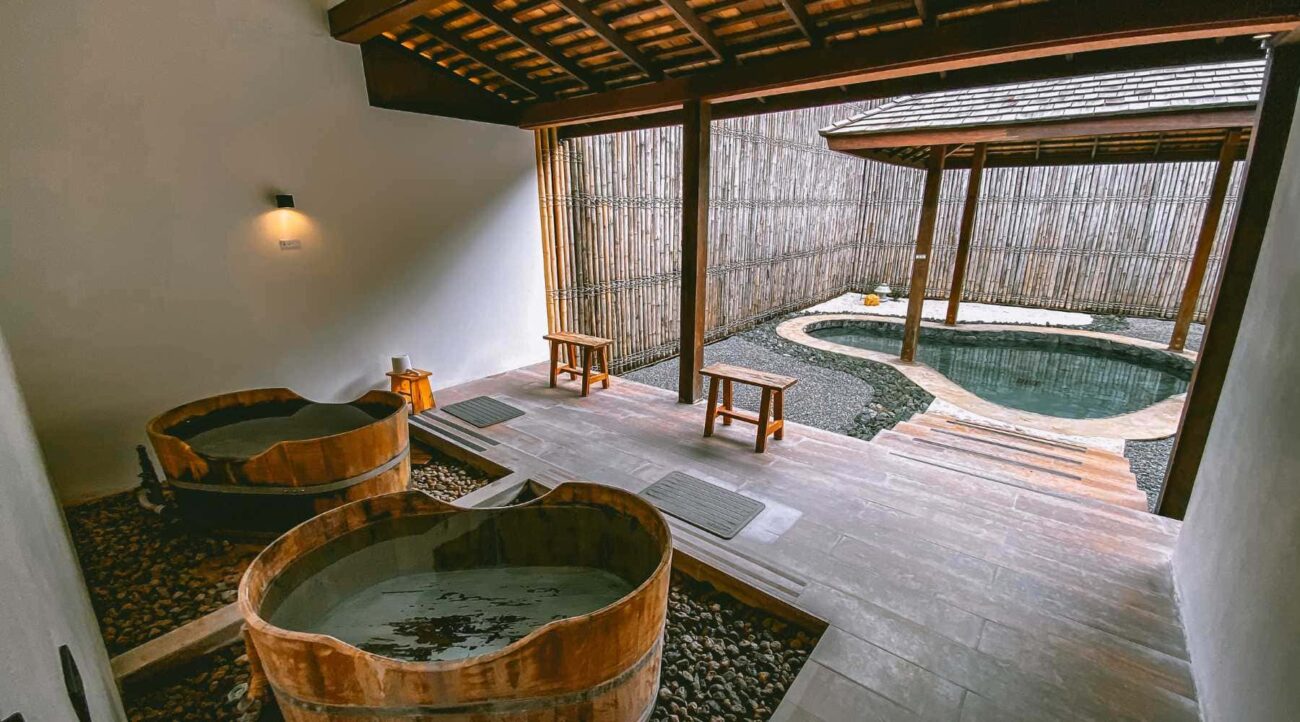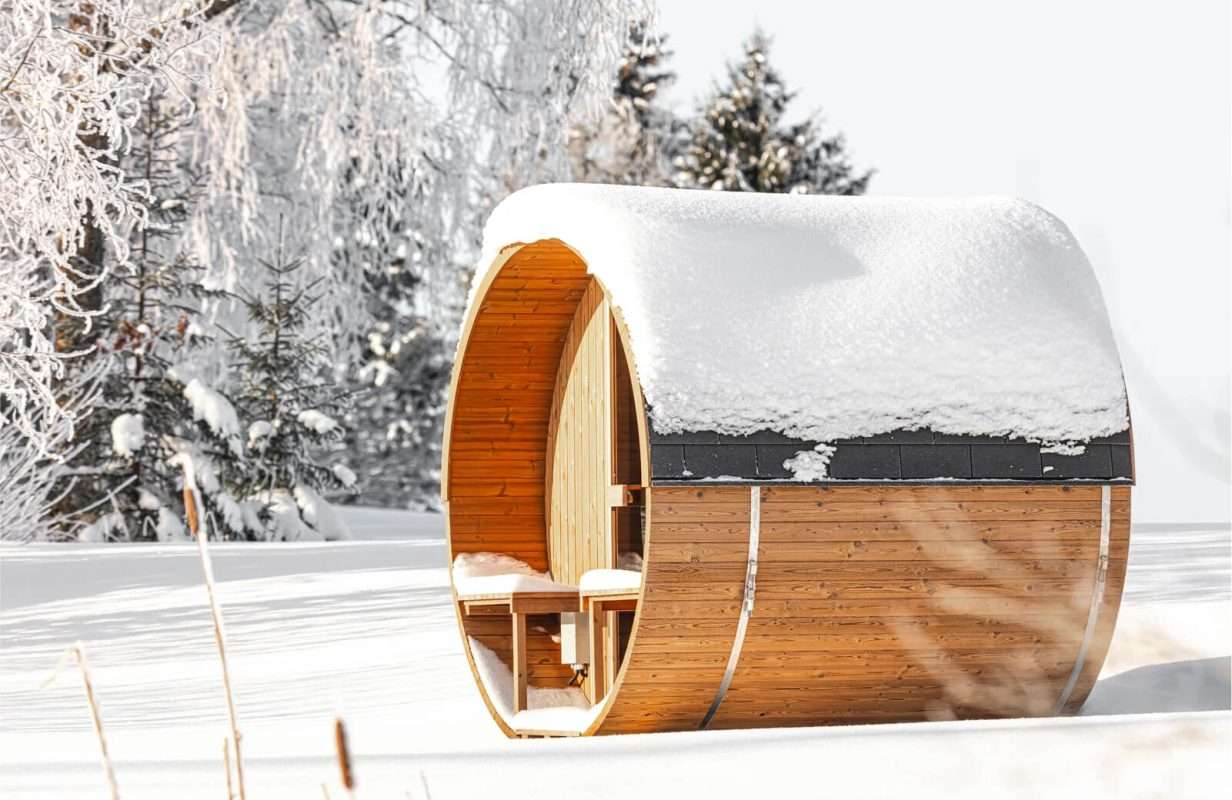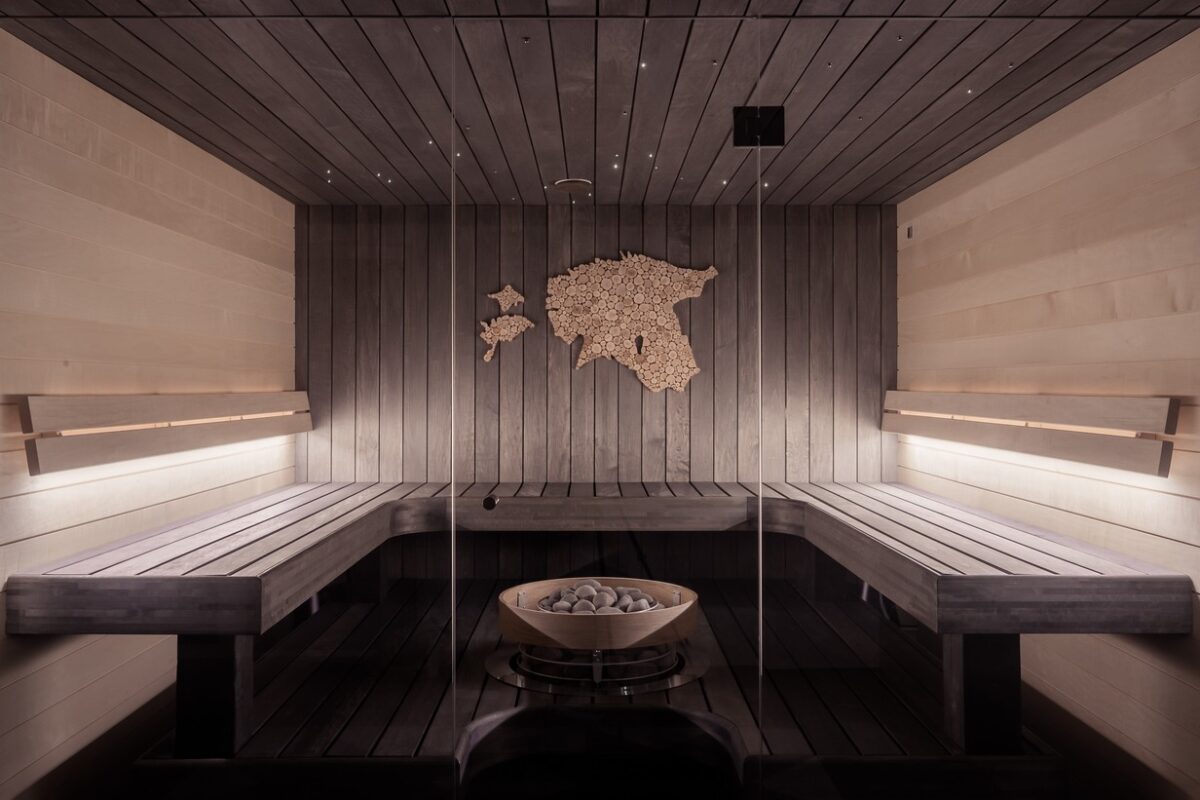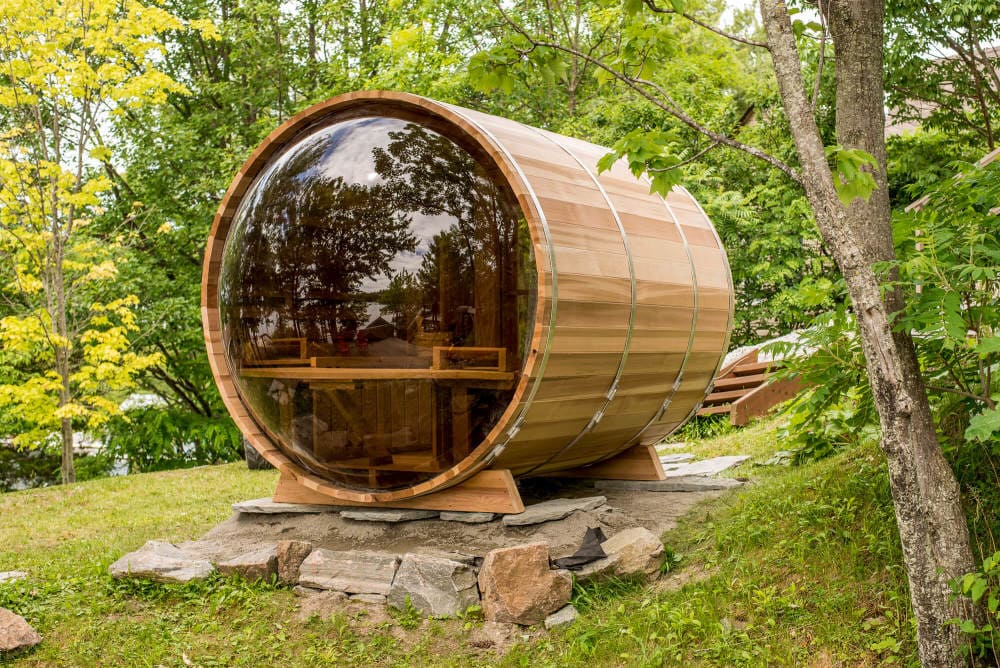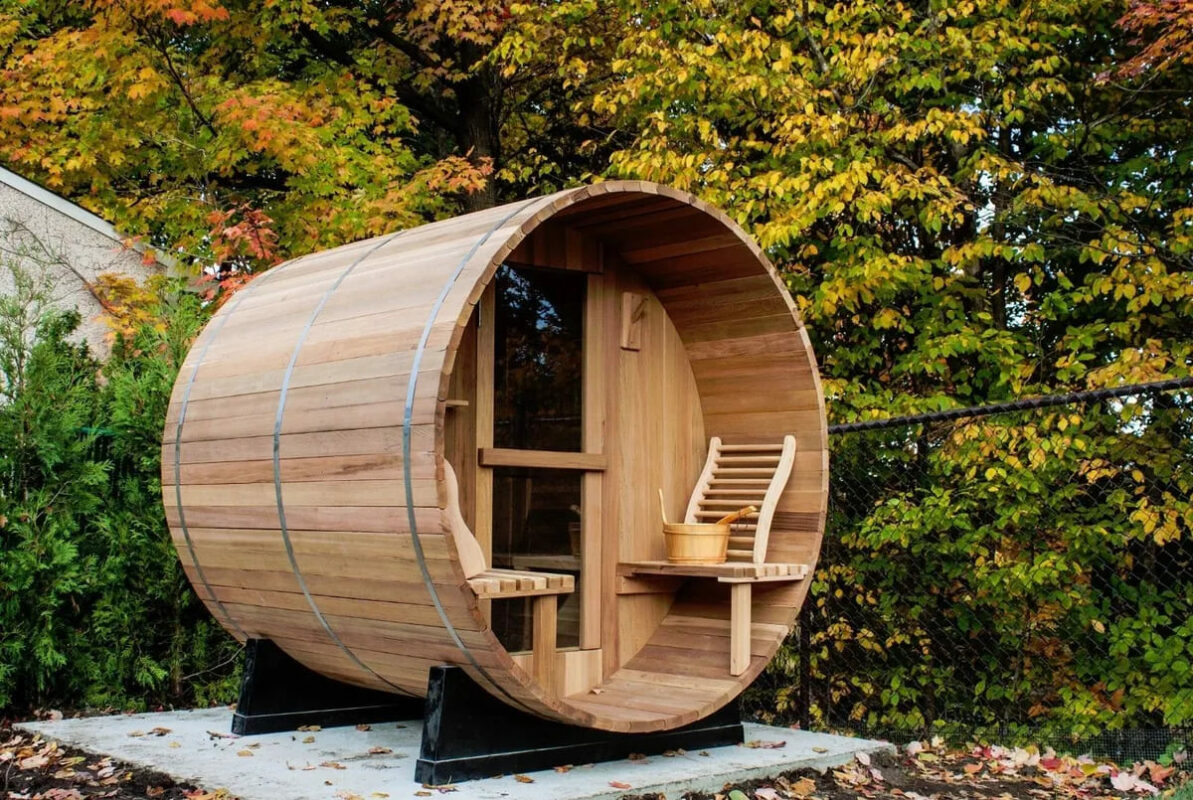Saunas have been used for centuries for their therapeutic benefits, from promoting relaxation and reducing stress to improving cardiovascular health and aiding in weight loss. With the rise in popularity of infrared saunas in recent years, it's important to understand the differences between traditional dry saunas and infrared saunas to determine which is better suited for your needs.
What is an infrared sauna?
An infrared sauna uses infrared heaters to emit radiant heat that is directly absorbed by the body. This type of sauna operates at a lower temperature than a traditional dry sauna, typically between 120-150°F, and the heat is more evenly distributed throughout the sauna.
Infrared saunas are known for their ability to penetrate deeper into the skin, promoting detoxification and increasing circulation. They are also thought to help with pain relief and muscle recovery, as the heat promotes relaxation and improves blood flow.
What is a traditional dry sauna?
A traditional dry sauna, also known as a Finnish sauna, uses heated rocks to create steam and raise the temperature inside the sauna. This type of sauna operates at a higher temperature than an infrared sauna, typically between 170-190°F, and the heat is generated by the rocks rather than by infrared heaters.
Dry saunas are known for their ability to promote relaxation and detoxification, as the heat causes the body to sweat and release toxins. They are also thought to improve cardiovascular health, aid in weight loss, and help with muscle recovery.
Health benefits
Both traditional dry saunas and infrared saunas offer a range of health benefits. These include:
- detoxification
- improved cardiovascular health
- weight loss
- relaxation
- skin health
- muscle recovery
- pain relief.
Regular sauna sessions can help improve overall health and well-being. Learn more about sauna health benefits in our article.
Comparison of technology
The main difference between traditional dry saunas and infrared saunas is the way they generate heat:
- Traditional dry saunas use heated rocks or steam to warm the air, which in turn heats the body.
- Infrared saunas use infrared radiation to directly heat the body, without warming the surrounding air. Infrared saunas are believed to penetrate deeper into the skin, providing a more intense sweat.
Advantages of dry saunas over infrared saunas
While infrared saunas have their benefits, traditional dry saunas offer some advantages as well.
1. Higher temperatures
Traditional dry saunas typically have a higher temperature range (around 160-200°F) than infrared saunas (typically around 120-140°F), which can lead to a more intense sweat and a deeper sense of relaxation.
2. More intense detoxification
Dry saunas are known for their ability to provide a more intense detoxification experience. The high heat causes the body to sweat profusely, which helps to flush out toxins and impurities through the skin.
3. More social experience
Traditional dry saunas are often built to accommodate multiple people, making them a more social experience compared to infrared saunas, which are typically designed for single-person use.
4. Longer history of use
Traditional dry saunas have been used for centuries and have a long-standing tradition in many cultures. They have been proven safe and effective for a wide range of health benefits.
5. More affordable
In general, traditional dry saunas tend to be more affordable than infrared saunas, as they require less advanced technology to operate.
Advantages of Infrared Saunas over Dry Saunas
1. More Efficient Heat
Infrared saunas use infrared heaters to emit infrared light, which is absorbed directly by the body without heating the surrounding air. This results in a lower air temperature (usually around 120-150°F) and more efficient heat transfer. Infrared saunas can penetrate deeper into the body's tissues, producing a more intense sweat and detoxification process.
2. Ease of Use
Infrared saunas are easy to use and require minimal maintenance. They do not require water to create steam, so there is no need for a water source or drainage system. Additionally, infrared saunas do not produce steam or moisture, which means that they can be used in any climate without the risk of mold or mildew buildup.
Why Outdoor Sauna by Superior Sauna USA?
An outdoor sauna by Superior Sauna USA offers the best of both worlds.
- You can enjoy the traditional experience of a dry sauna with the convenience and technology of an outdoor sauna.
- Outdoor saunas can be easier to install and require less space than indoor saunas, making them a great option for those with limited space or who prefer to have their sauna outside.
- Superior Sauna USA offers a range of customizable outdoor saunas, allowing you to create the perfect sauna experience for your needs.
In conclusion, both traditional dry saunas and infrared saunas offer their unique benefits for promoting overall health and wellness. Ultimately, the choice between the two comes down to personal preference and specific health needs. So, whether you prefer the intense heat and humidity of a traditional dry sauna or the deeper penetrating heat of an infrared sauna, incorporating sauna therapy into your wellness routine can be a valuable addition to your overall health and wellbeing.
If you have any further questions about saunas, our team is here to help! Just give us a call at +1 (475) 253-5559 or send us a message if you need any assistance in creating your dream sauna experience.

